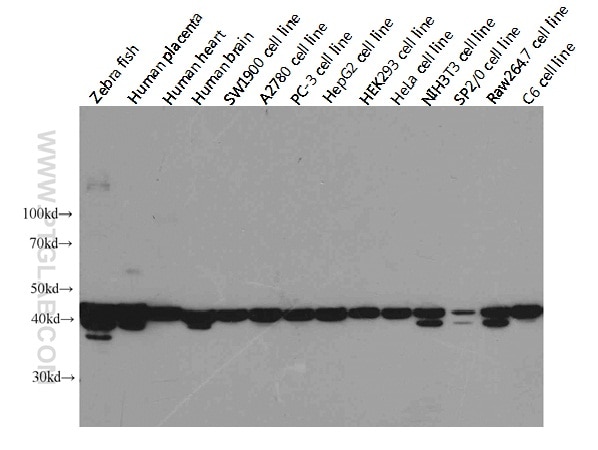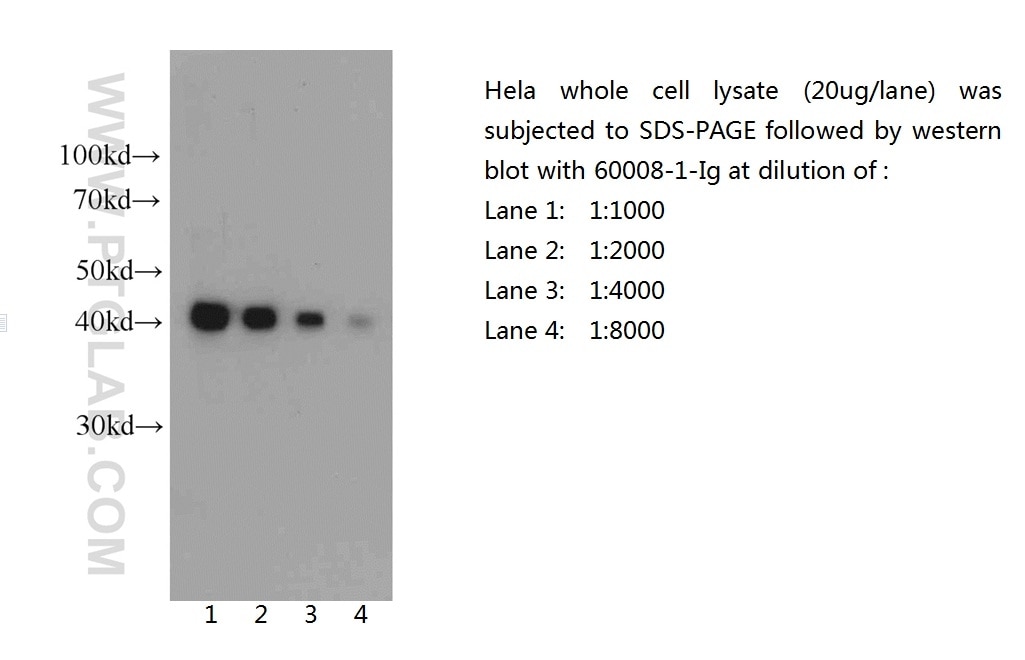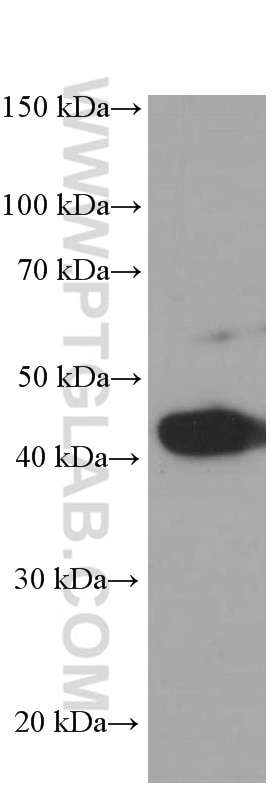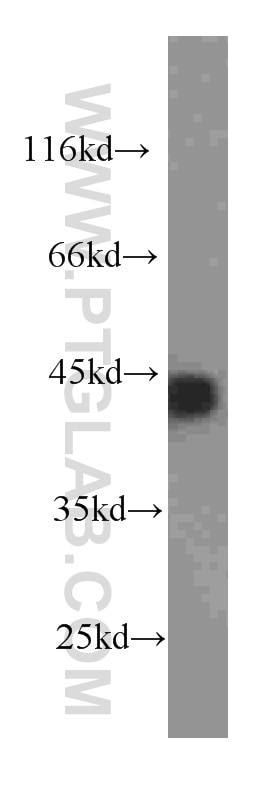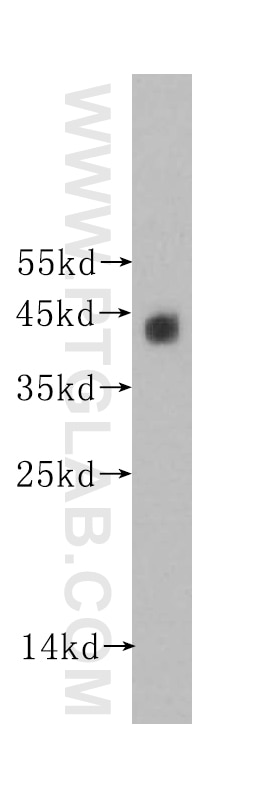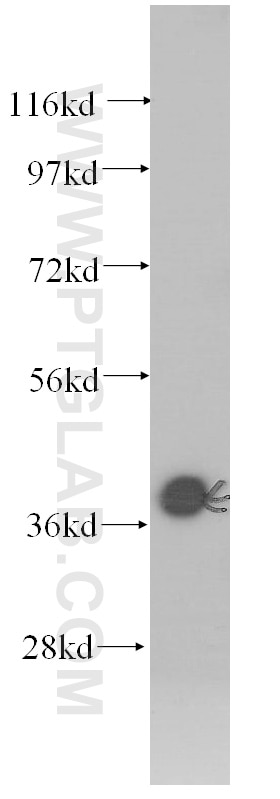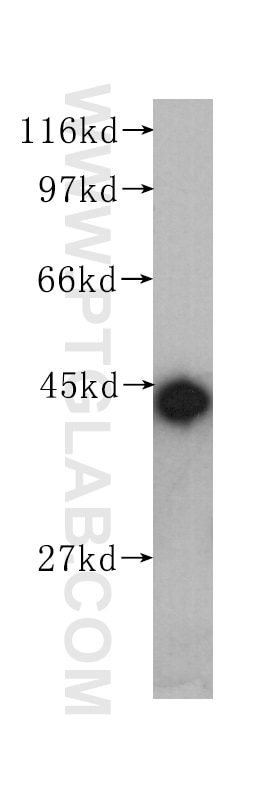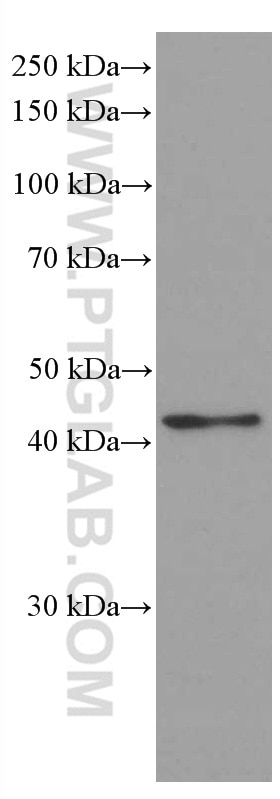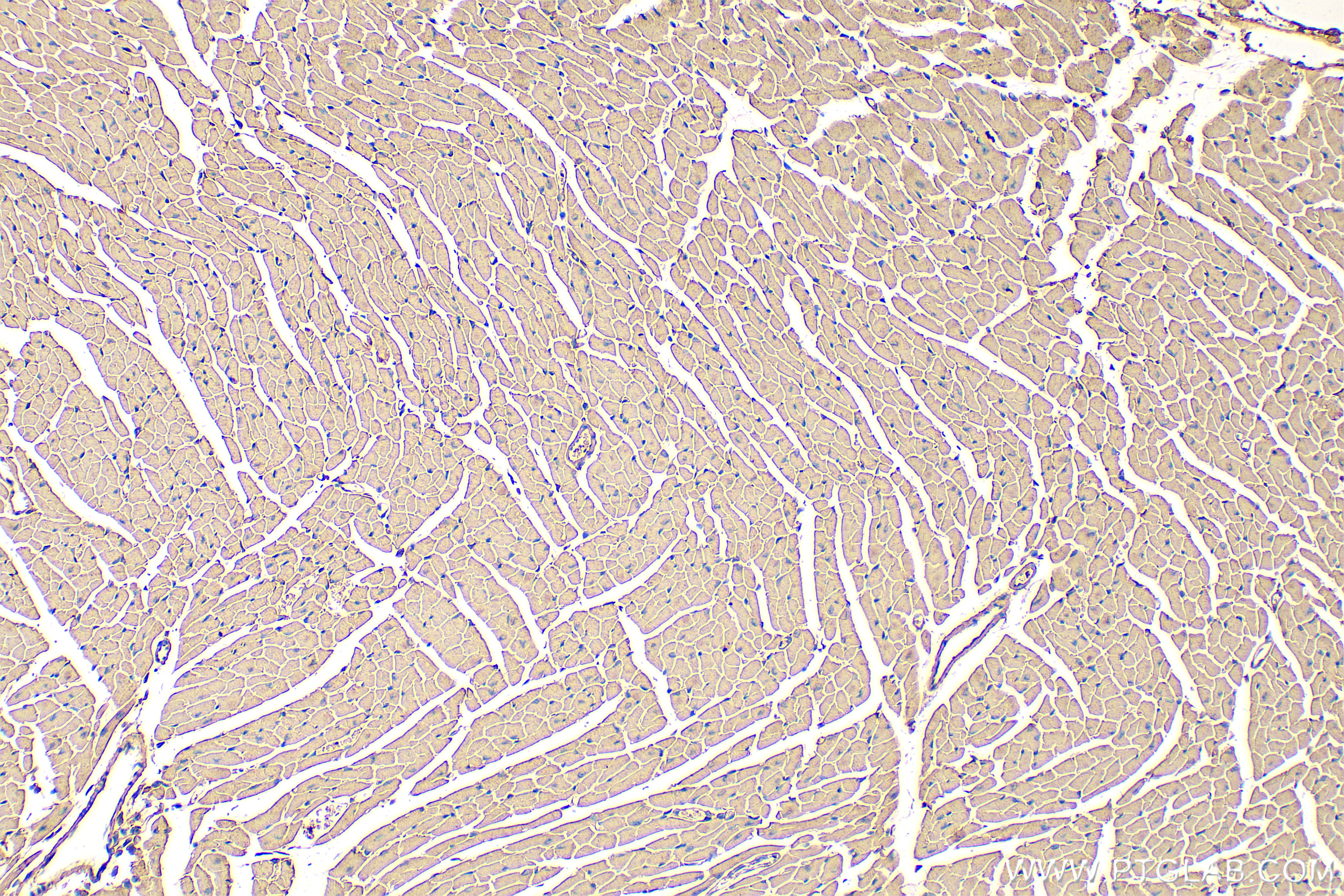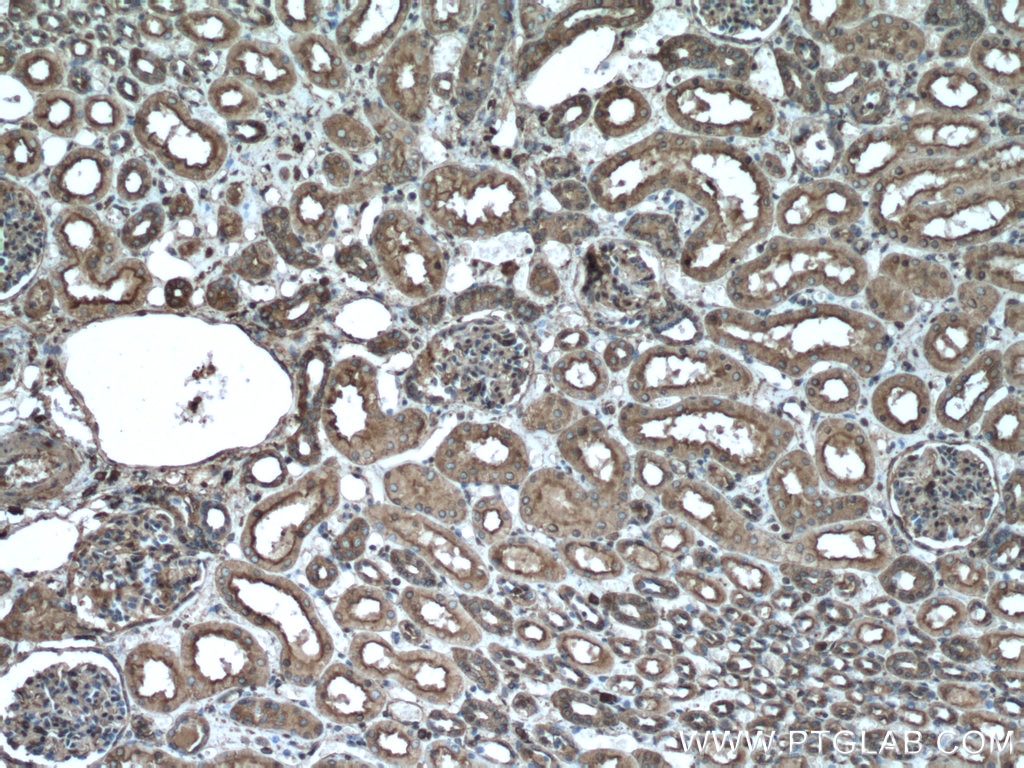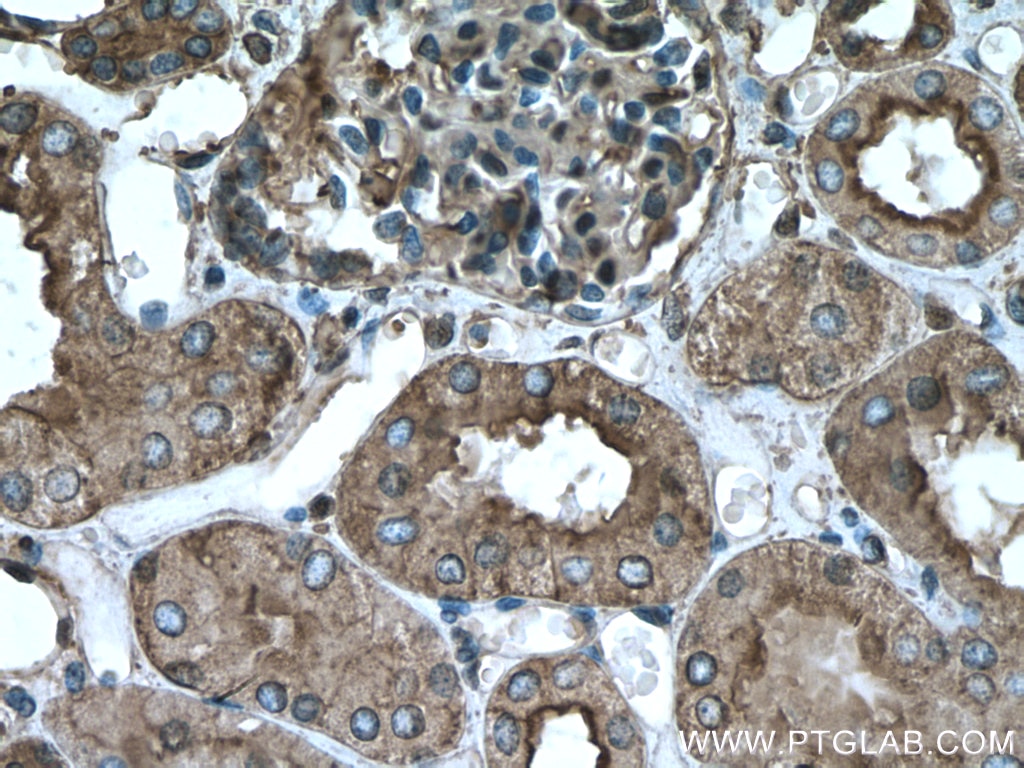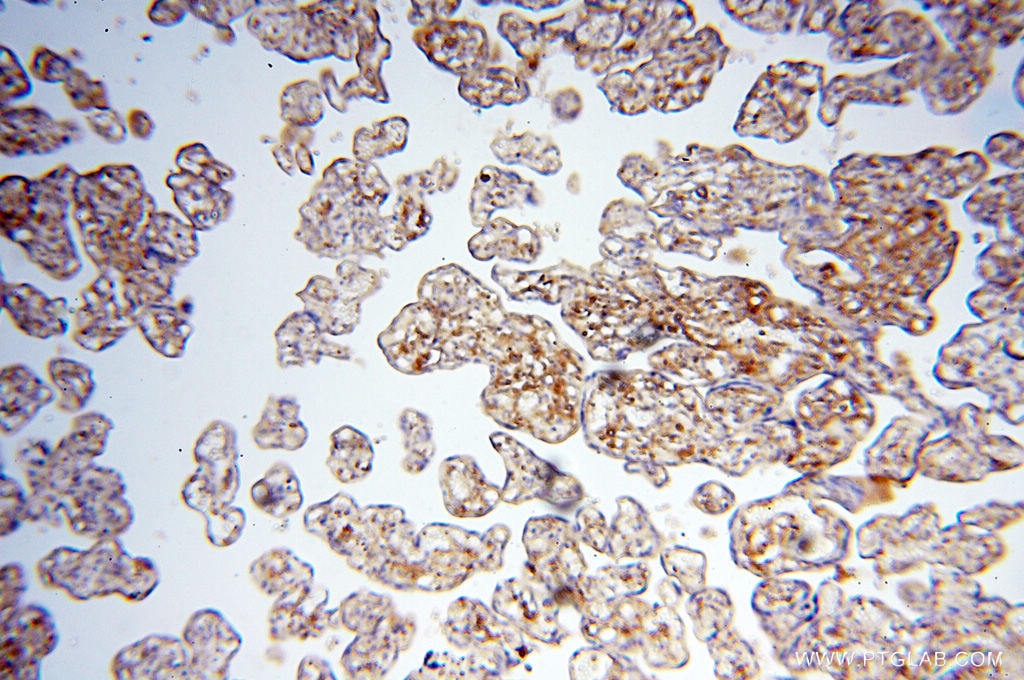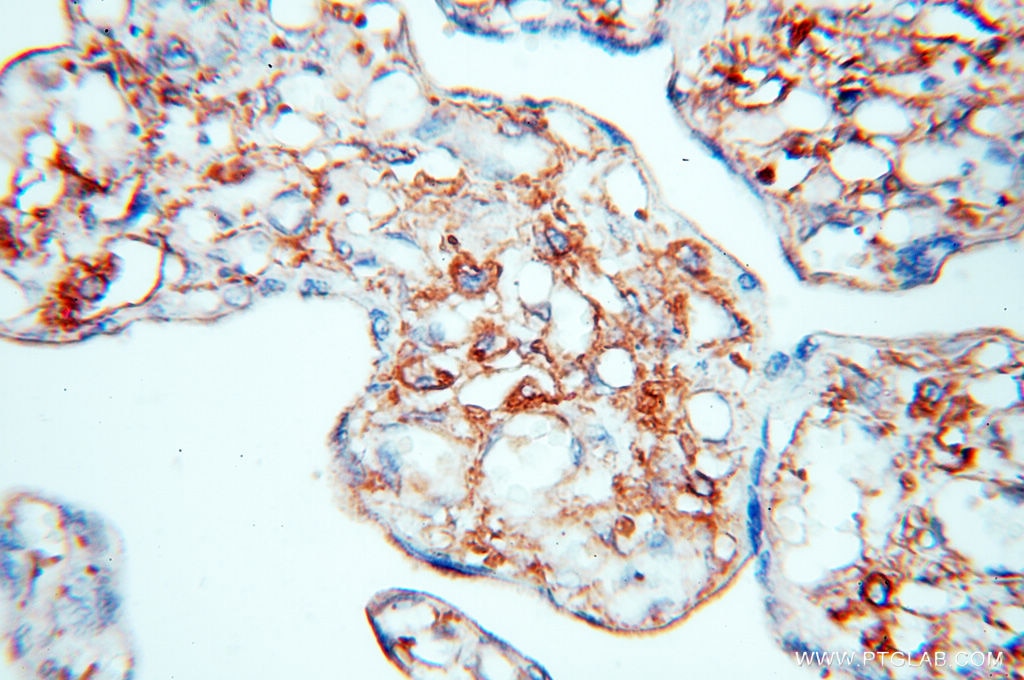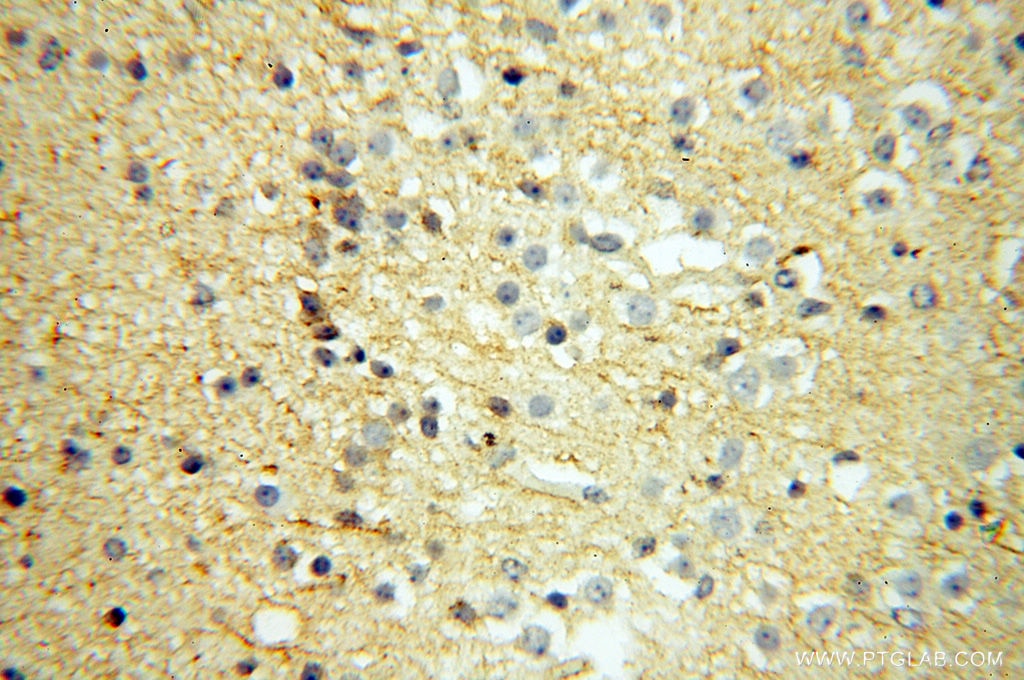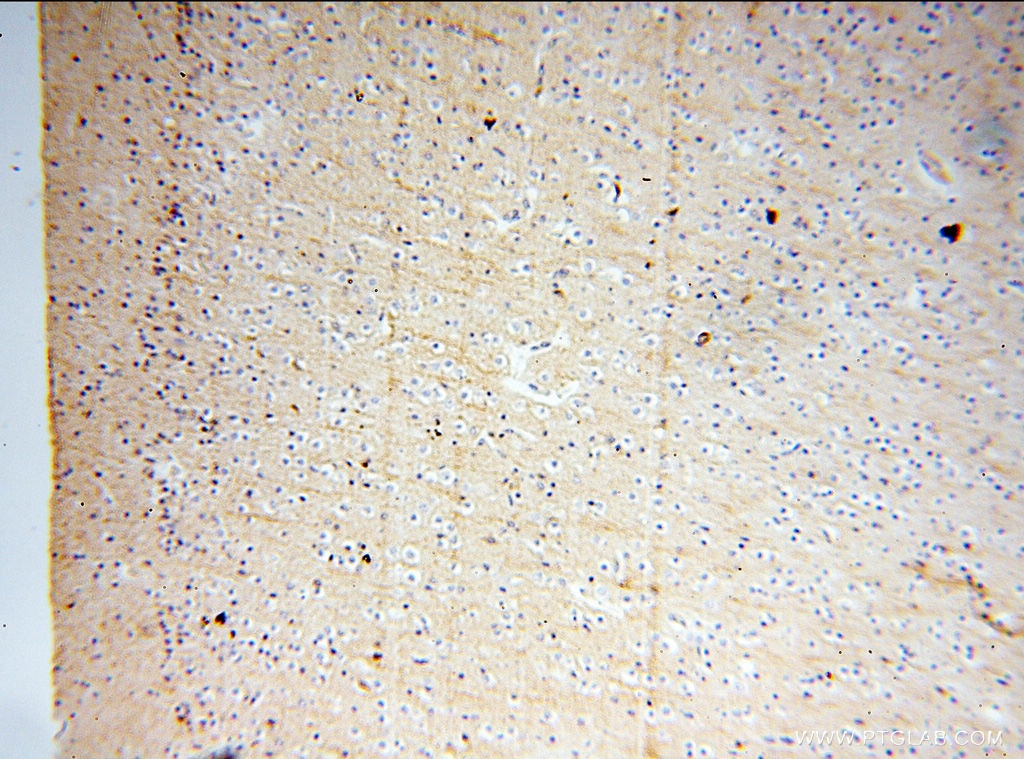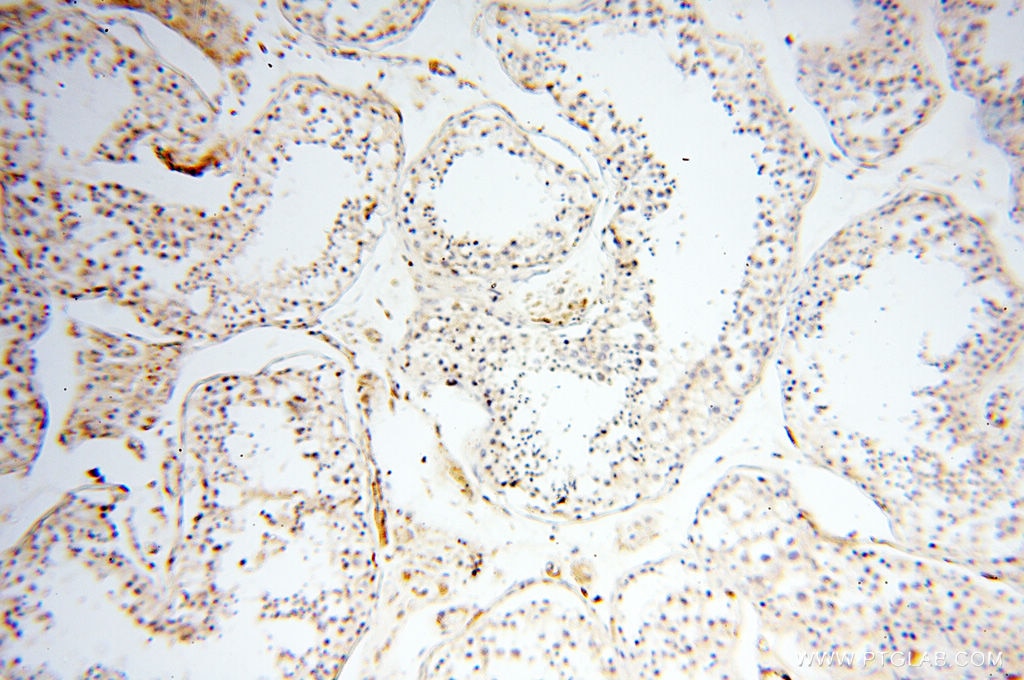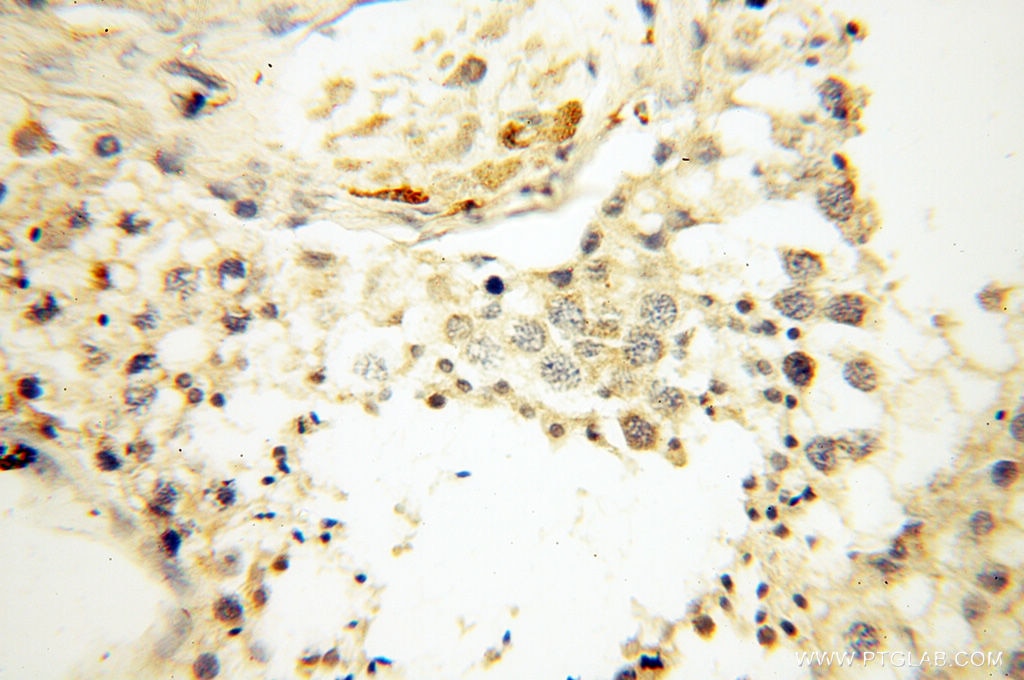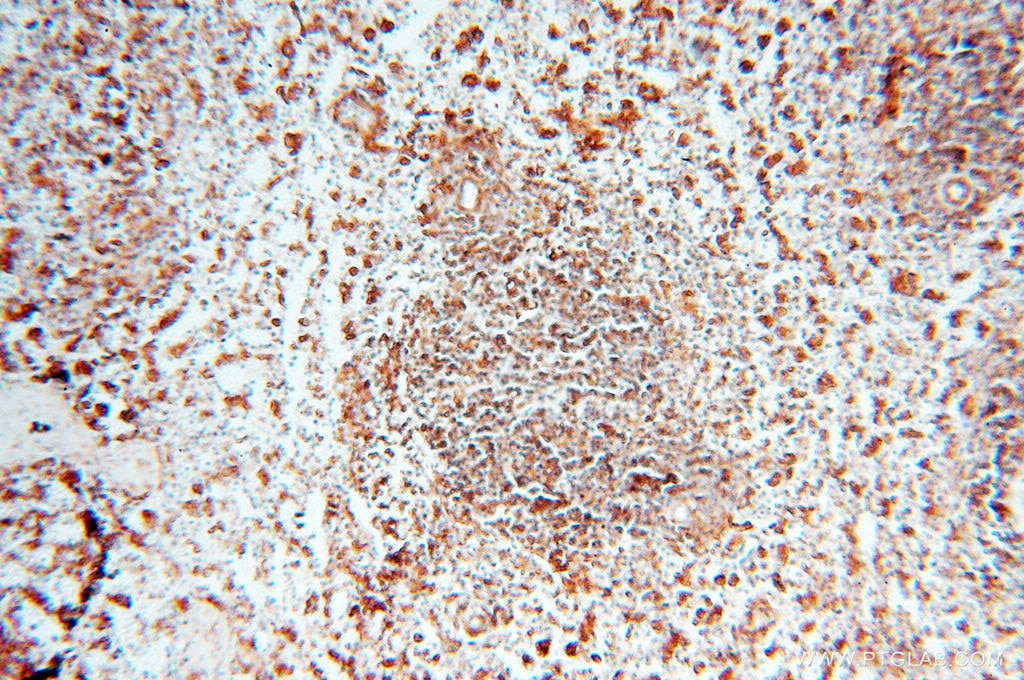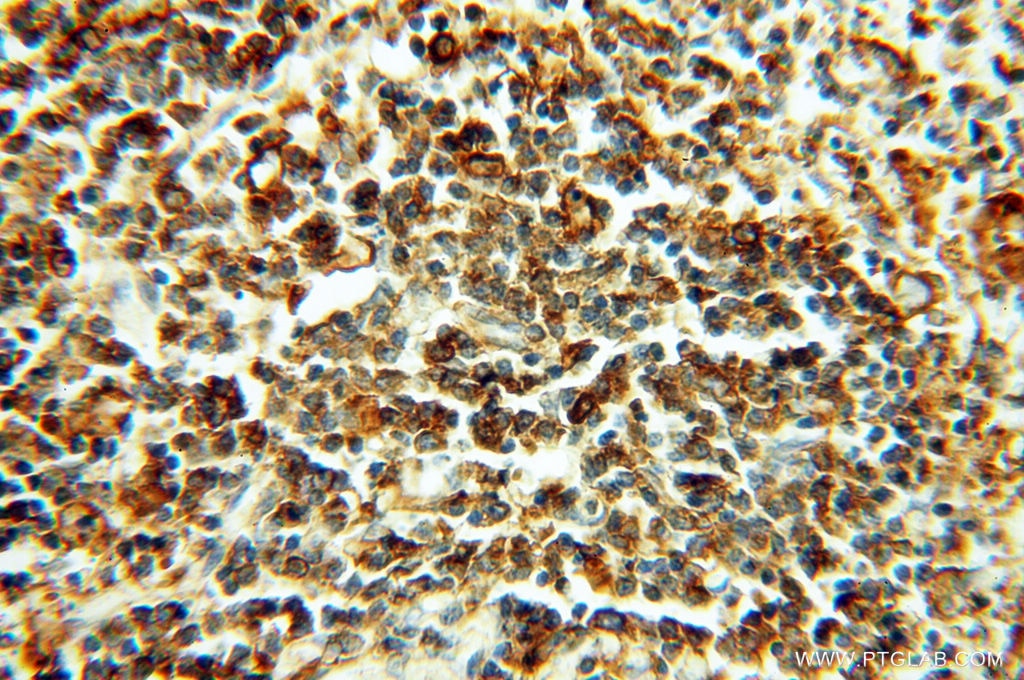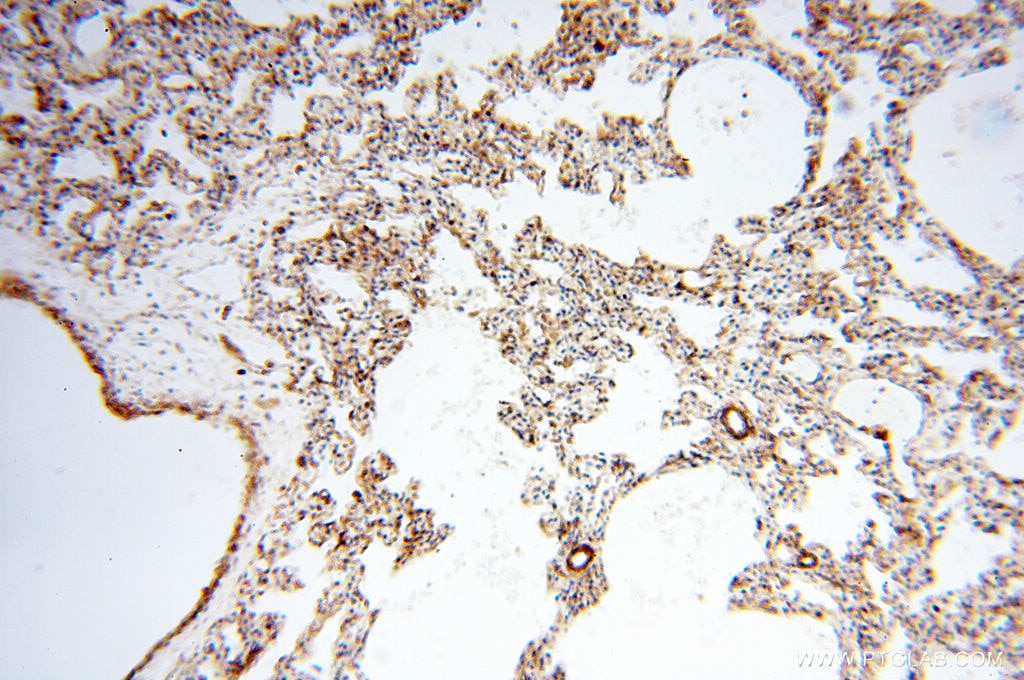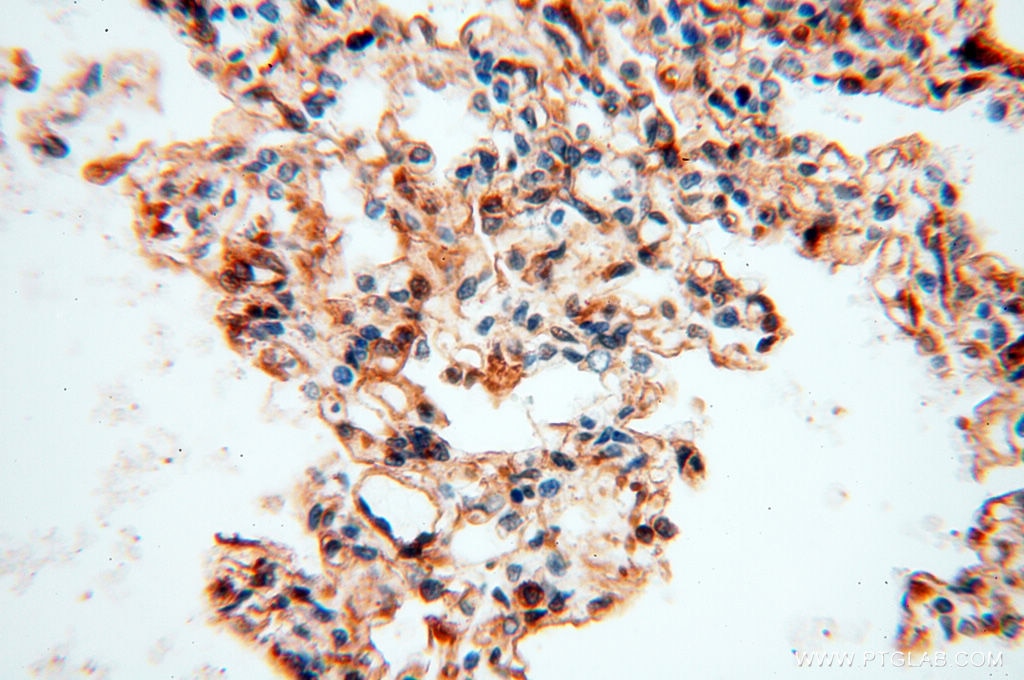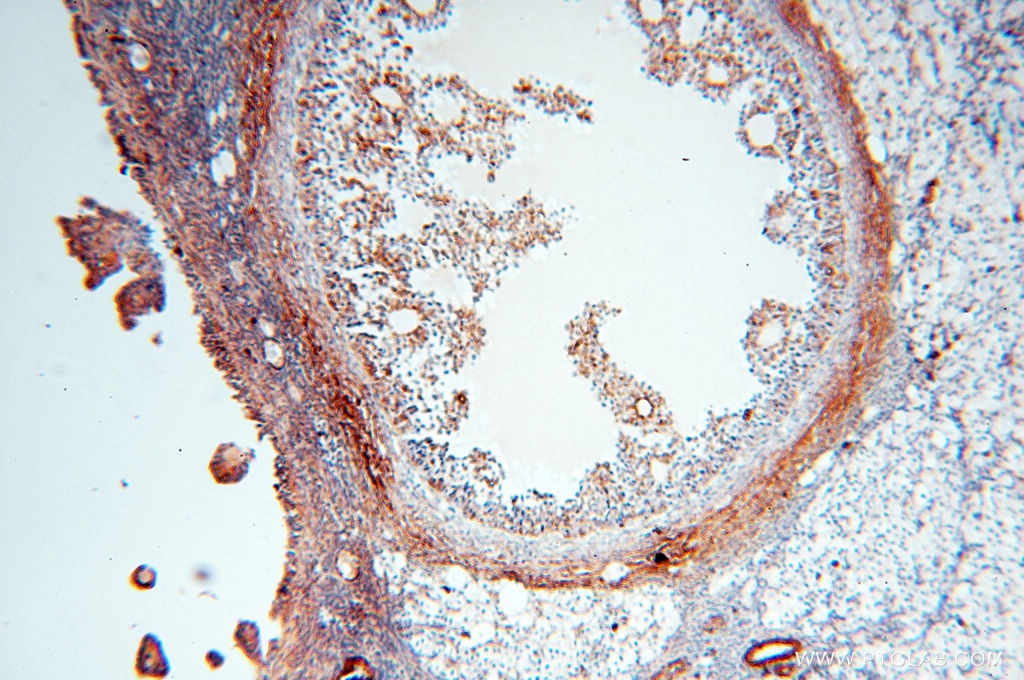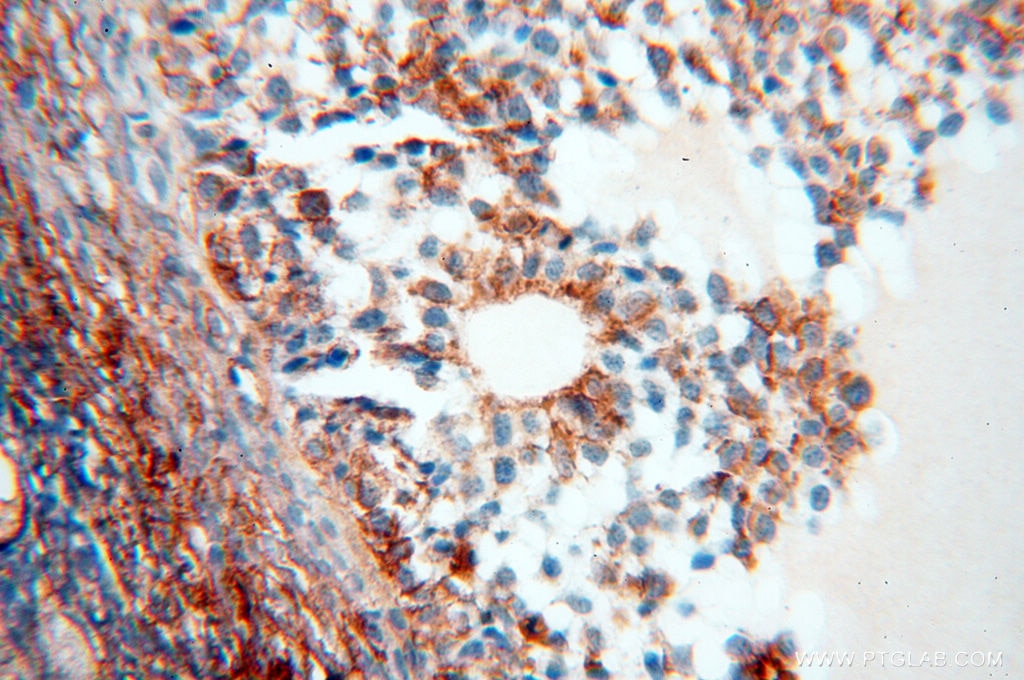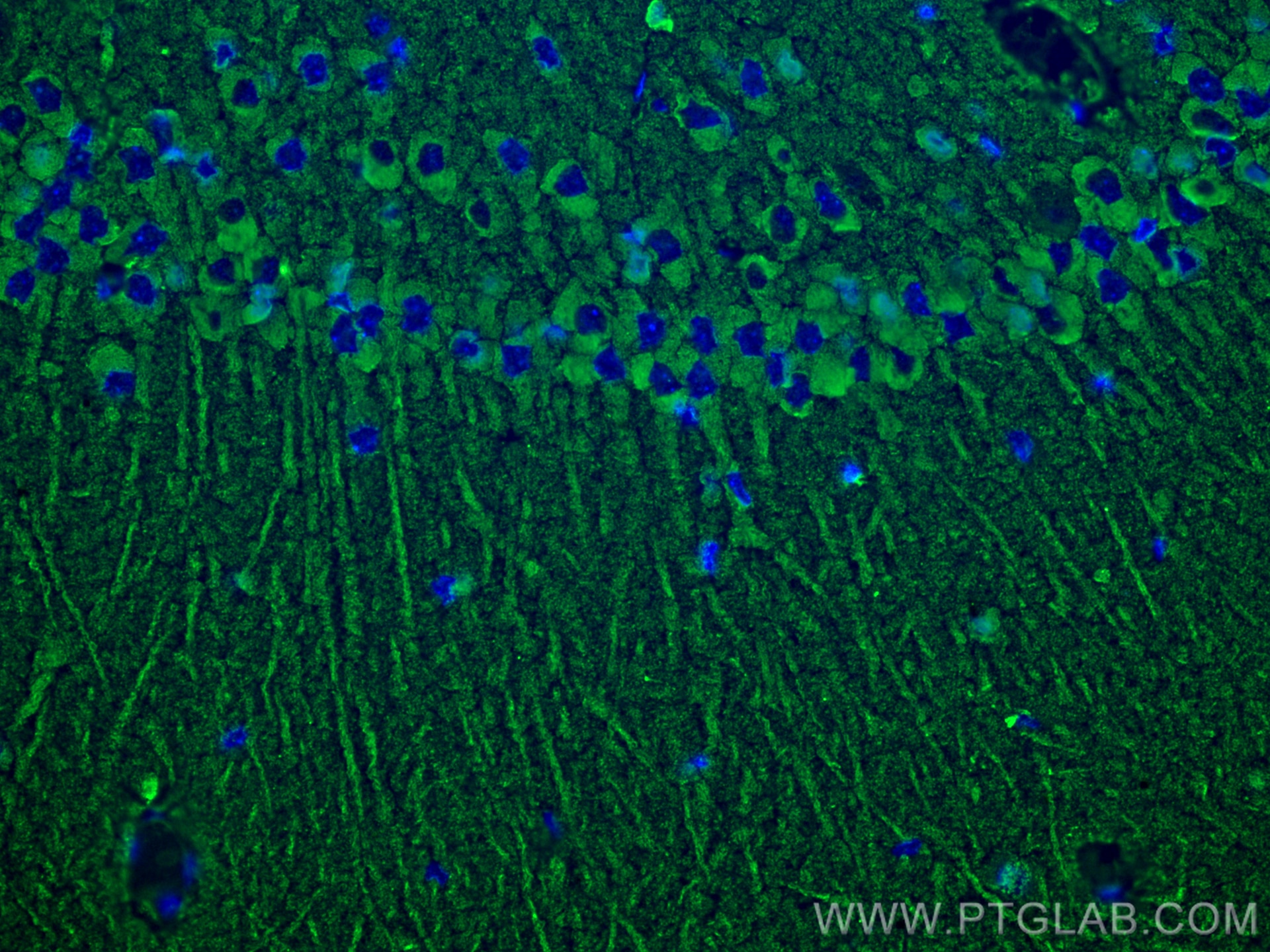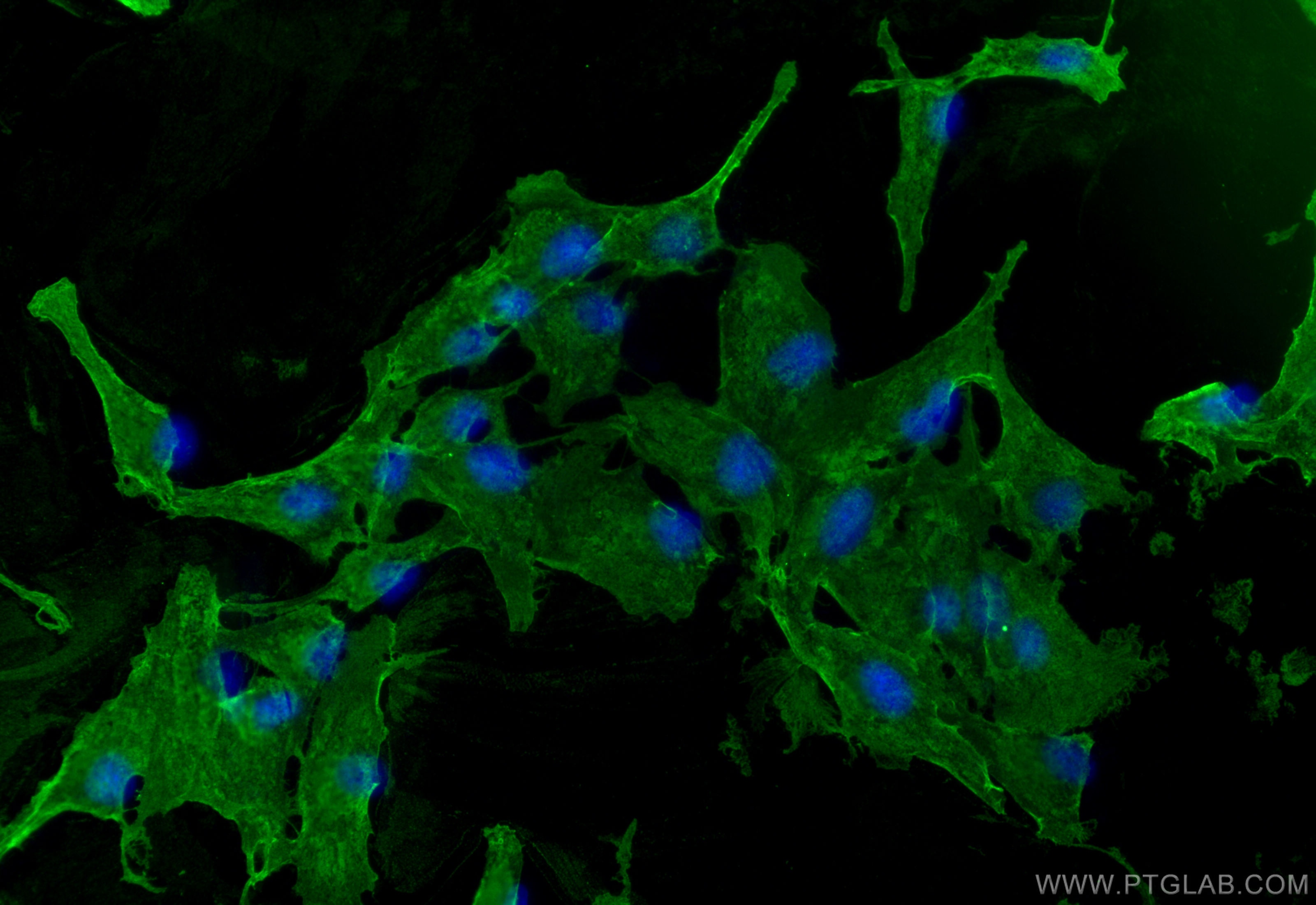Anticorps Monoclonal anti-Beta Actin
Beta Actin Monoclonal Antibody for WB, IHC, IF/ICC, IF-P, ELISA
Hôte / Isotype
Mouse / IgM
Réactivité testée
Humain, plante, poisson-zèbre, rat, souris et plus (4)
Applications
WB, IHC, IF/ICC, IF-P, IP, CoIP, ELISA
Conjugaison
Non conjugué
CloneNo.
7D2C10
N° de cat : 60008-1-Ig
Synonymes
Galerie de données de validation
Applications testées
| Résultats positifs en WB | multi-cellules/tissus, cellules A549, cellules HEK-293, cellules HeLa, cellules MCF-7, tissu végétal entier d'arabidopsis, tissu végétal entier de riz |
| Résultats positifs en IHC | tissu cardiaque de souris, tissu cérébral humain, tissu ovarien humain, tissu placentaire humain, tissu pulmonaire humain, tissu rénal humain, tissu splénique humain, tissu testiculaire humain il est suggéré de démasquer l'antigène avec un tampon de TE buffer pH 9.0; (*) À défaut, 'le démasquage de l'antigène peut être 'effectué avec un tampon citrate pH 6,0. |
| Résultats positifs en IF-P | tissu cérébral de rat, |
| Résultats positifs en IF/ICC | cellules MDCK, |
Dilution recommandée
| Application | Dilution |
|---|---|
| Western Blot (WB) | WB : 1:5000-1:50000 |
| Immunohistochimie (IHC) | IHC : 1:50-1:500 |
| Immunofluorescence (IF)-P | IF-P : 1:500-1:2000 |
| Immunofluorescence (IF)/ICC | IF/ICC : 1:400-1:1600 |
| It is recommended that this reagent should be titrated in each testing system to obtain optimal results. | |
| Sample-dependent, check data in validation data gallery | |
Applications publiées
| WB | See 2976 publications below |
| IHC | See 4 publications below |
| IF | See 11 publications below |
| IP | See 9 publications below |
| CoIP | See 3 publications below |
Informations sur le produit
60008-1-Ig cible Beta Actin dans les applications de WB, IHC, IF/ICC, IF-P, IP, CoIP, ELISA et montre une réactivité avec des échantillons Humain, plante, poisson-zèbre, rat, souris
| Réactivité | Humain, plante, poisson-zèbre, rat, souris |
| Réactivité citée | rat, Chèvre, Humain, levure, poulet, arabidopsis |
| Hôte / Isotype | Mouse / IgM |
| Clonalité | Monoclonal |
| Type | Anticorps |
| Immunogène | Beta Actin Protéine recombinante Ag0297 |
| Nom complet | actin, beta |
| Masse moléculaire calculée | 375 aa, 42 kDa |
| Poids moléculaire observé | 42 kDa |
| Numéro d’acquisition GenBank | BC002409 |
| Symbole du gène | Beta Actin |
| Identification du gène (NCBI) | 60 |
| Conjugaison | Non conjugué |
| Forme | Liquide |
| Méthode de purification | Précipitation de l'acide caprylique/du sulfate d'ammonium |
| Tampon de stockage | PBS with 0.02% sodium azide and 50% glycerol |
| Conditions de stockage | Stocker à -20°C. Stable pendant un an après l'expédition. L'aliquotage n'est pas nécessaire pour le stockage à -20oC Les 20ul contiennent 0,1% de BSA. |
Informations générales
Beta actin, also named as ACTB and F-Actin, belongs to the actin family. Actins are highly conserved globular proteins that are involved in various types of cell motility and are ubiquitously expressed in all eukaryotic cells. At least six isoforms of actins are known in mammals and other vertebrates: alpha (ACTC1, cardiac muscle 1), alpha 1 (ACTA1, skeletal muscle) and 2 (ACTA2, aortic smooth muscle), beta (ACTB), gamma 1 (ACTG1) and 2 (ACTG2, enteric smooth muscle). Beta and gamma 1 are two non-muscle actin proteins. Most actins consist of 376aa, while ACTG2 (rich in muscles) has 375aa and ACTG1(found in non-muscle cells) has only 374aa. Beta actin has been widely used as the internal control in RT-PCR and Western Blotting as a 42-kDa protein. However, the 37-40 kDa cleaved fragment of beta actin can be generated during apoptosis process. This antibody can recognize all the actins.
Protocole
| Product Specific Protocols | |
|---|---|
| WB protocol for Beta Actin antibody 60008-1-Ig | Download protocol |
| IHC protocol for Beta Actin antibody 60008-1-Ig | Download protocol |
| IF protocol for Beta Actin antibody 60008-1-Ig | Download protocol |
| Standard Protocols | |
|---|---|
| Click here to view our Standard Protocols |
Publications
| Species | Application | Title |
|---|---|---|
Cell Res Mitochondria-localized cGAS suppresses ferroptosis to promote cancer progression | ||
Gastroenterology PTEN deficiency facilitates exosome secretion and metastasis in cholangiocarcinoma by impairing TFEB-mediated lysosome biogenesis | ||
Immunity Microglial lipid phosphatase SHIP1 limits complement-mediated synaptic pruning in the healthy developing hippocampus | ||
Nat Methods Visualizing the native cellular organization by coupling cryofixation with expansion microscopy (Cryo-ExM). | ||
Avis
The reviews below have been submitted by verified Proteintech customers who received an incentive for providing their feedback.
FH Reyes (Verified Customer) (02-10-2025) | Beta actin (in green) did not seem to work on my human FFPE brain tissue. Appart from being really autofluorescent on the tissue, it seems to have a puncta-like staining on some cells, not the usual/expected clear cytoeskeleton staining.
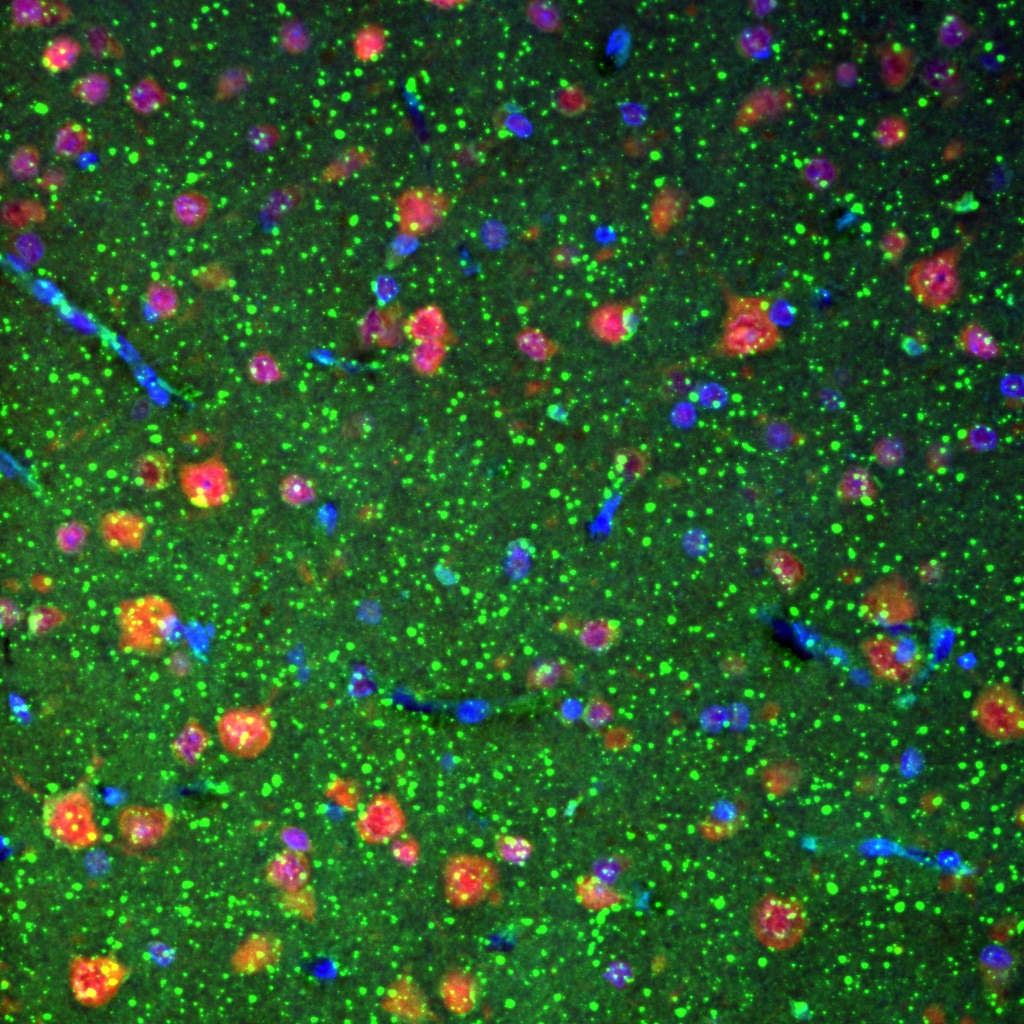 |
FH P (Verified Customer) (09-23-2024) | Excellent
 |
FH Udesh (Verified Customer) (08-16-2023) | The Ab worked well for both WB and IF at mentioned dilutions
|
FH Chun (Verified Customer) (09-07-2020) | This is an excellent antibody for immunoblotting.
|
FH Nikhil (Verified Customer) (09-17-2019) | Very good and specific. I can use 1:2500 5 ml antibody solution two times.
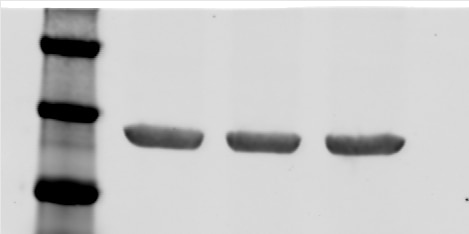 |
FH Leonardo (Verified Customer) (09-12-2019) | Excellent antibody. Works well since the first time.
 |
FH mark (Verified Customer) (02-05-2019) | Antibody works beautifully to detect a single Beta-actin band as a control
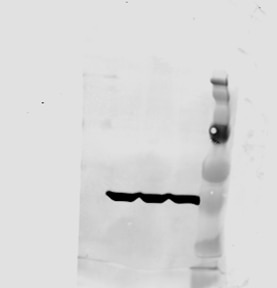 |
